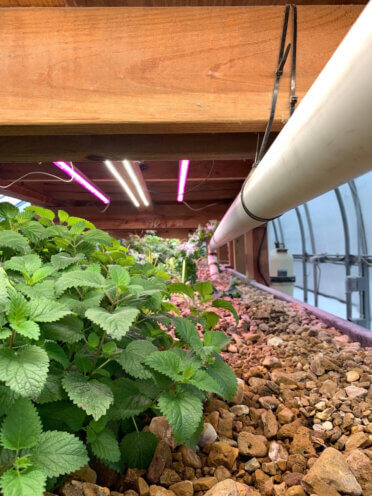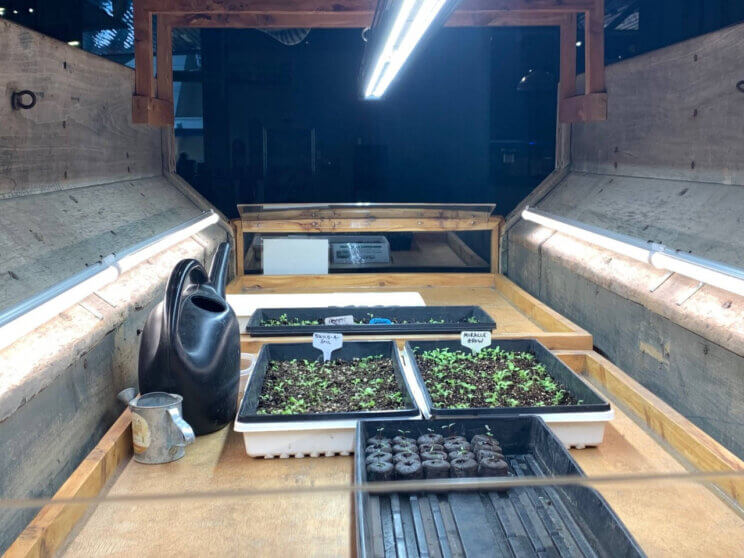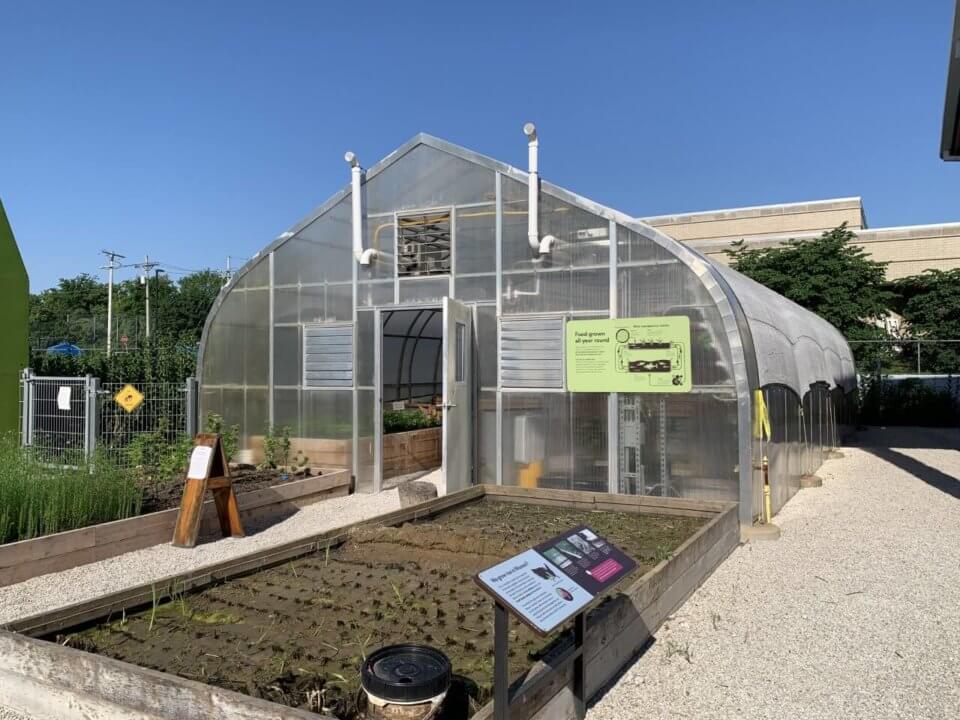 When we talk with our younger guests about hydroponics, we like to start off with a seemingly simple question: what does a plant need to grow? It seems like such an easy question to answer, but the more you start thinking about the answers, the more complex the question becomes. Somebody once asked the question “does a plant truly need dirt to grow?” And from that line of questioning, hydroponic gardening was born. Rethinking the status quo and diving deep into the limits of our answers helps create innovation. In that spirit, today we’ll be discussing one of the many overlooked factors of plant growth: light.
When we talk with our younger guests about hydroponics, we like to start off with a seemingly simple question: what does a plant need to grow? It seems like such an easy question to answer, but the more you start thinking about the answers, the more complex the question becomes. Somebody once asked the question “does a plant truly need dirt to grow?” And from that line of questioning, hydroponic gardening was born. Rethinking the status quo and diving deep into the limits of our answers helps create innovation. In that spirit, today we’ll be discussing one of the many overlooked factors of plant growth: light.
I’m sure everyone can probably explain, at least in simple terms, what photosynthesis is: a plant uses sunlight to transform water and carbon dioxide into sugar and oxygen. Sugars produced by photosynthesis are used to build new plant cells and help the plant grow, making this chemical process the backbone of plant biology. To put it simply, plants need a ton of light, and they will behave in strange ways when they don’t receive adequate light. Stretching is a phenomenon in which plants (especially seedlings) grow very tall and skinny as opposed to outward and bushy. This is common in indoor settings where light distribution isn’t even, causing the plants to stretch upwards towards the origin of the light. Furthermore, a plant uses multiple different wavelengths (or colors) of light to promote different stages of plant growth. There have been reports of plant growing being accelerated or stunted when plants are exposed to specific colors of light as opposed to a full spectrum.
All of this brings us back to our facilities here at GROW, where the shortcomings of older lights were becoming more and more apparent. Supplemental lighting is important to two different areas of the exhibit: the greenhouse and our grow wagon, both of which faced unique problems with their lighting situations.

The Grow Wagon
The grow wagon previously had a sophisticated moving light provided to us by a friend at Square Fruit labs. Square Fruit labs specializes in precision agriculture, which uses sensor data and AI to determine the specific needs of plants at any stage of the growing process. This technology helps save space and energy by only providing only what the plants need and not wasting resources on what a plant doesn’t need. Square Fruit labs has been able to create systems that use up to 50% less energy and generate 60% less heat compared to traditional lighting systems. Still, precision agriculture is still an emerging technology, and our grow wagon is not exactly a precision-controlled greenhouse. The goal of the moving light was to save energy. By using only one light that moved instead of an entire row of lights, energy could be provided to the plants whilst using less electricity. Unfortunately, mechanical problems with the light’s motors were constantly causing problems. In the end, the GROW team decided that the mechanical failures were not worth the trouble, and Square Fruit Labs was able to help us switch to static lights. The initial replacement lights were insufficient at first (causing some stretching with the seedlings provided), however once additional lights were installed for a wider coverage area the seedlings in the wagon are now doing much better.
On the other hand, the problem with the greenhouse lights was that they were simply too old. The greenhouse initially had multipurpose LEDS as the main light source, but due to their age many of the bulbs had begun to burn out. Square Fruit Labs once again helped us in providing new generation lights as a replacement, but just as with the Grow Wagon we saw some stretching and bolting as a result of spotty light coverage. Currently, we have wider-coverage white and purple colored lights installed at our greenhouse hydroponics. We have yet to start any new plants in the greenhouse, so we are unsure of whether these new lights will be sufficient.
Nonetheless, our problems with lighting in the GROW wagon and greenhouse are reminders that even the most simplest of factors can have big impacts. Most gardeners don’t give light a second thought; the sun provides light and for their plants that’s enough. But as the growing movement shifts indoors to hydroponics and greenhouses, factors like light and soil health are going to matter more and more. This makes new technologies like those produced at Square Fruit labs more important than ever, and even if they don’t work out well the first timetime, we’re always ready to experiment and try new things to keep on growing.






